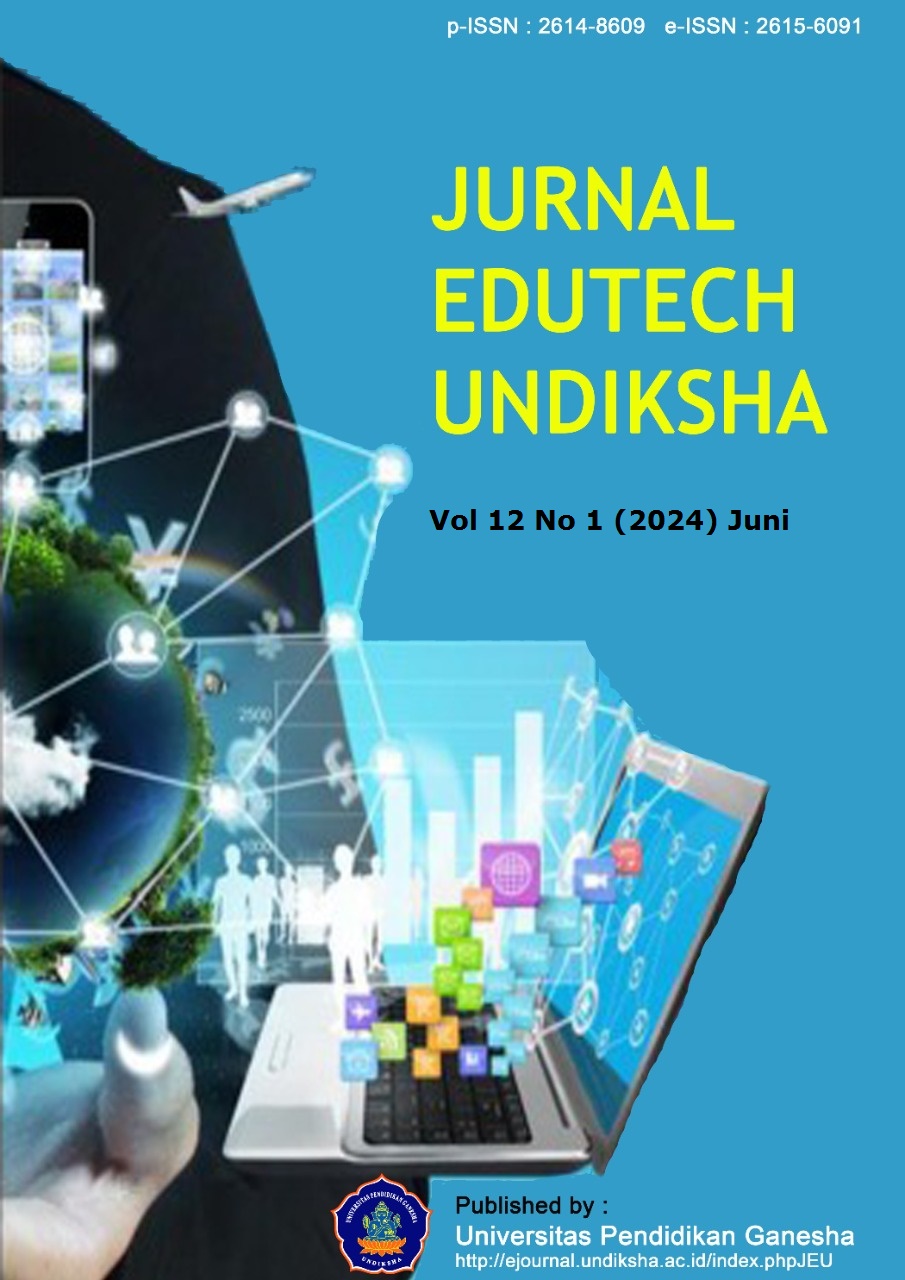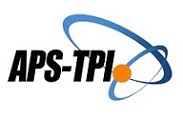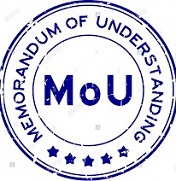Nutrition Education for Overweight Children Through Interactive Learning Media
DOI:
https://doi.org/10.23887/jeu.v12i1.68905Keywords:
Interactive Multimedia, Nutrition Education, OverweightAbstract
Nutrition education interactive multimedia can be an alternative medium to deliver nutrition education material to overweight children. An interactive multimedia tool can provide information interactively by combining text, images, animation, audio, and video. This study aimed to develop interactive multimedia nutrition education that is valid and practical for overcoming the problem of overweight students in junior high schools. This research is research and development using the ADDIE media development model, which consists of five stages: (1) analysis, (2) design, (3) development, (4) implementation, and (5) evaluation. The data collection instruments used were validity test sheets and questionnaires. The data were then analyzed qualitatively and quantitatively. The data analysis found that the developed interactive multimedia proved valid and practical, with a validity level of 3.50 with a feasible category for use and a practicality level of 3.76 with good criteria. Based on the results of the study, it can be concluded that interactive multimedia nutrition education is useful and practical use in the delivery of nutrition educational material for schoolchildren who are experiencing overweight problems so that multimedia can be used at school as a means of nutritional education while reducing the number of students suffering from overweight and obsessions.
References
Abbasi, S., Moeini, M., Shahriari, M., Ebrahimi, M., & Khoozani, E. K. (2018). Designing and manufacturing of educational multimedia software for preventing coronary artery disease and its effects on modifying the risk factors in patients with coronary artery disease. Electronic Journal of General Medicine, 15(3), 1–6. https://doi.org/10.29333/ejgm/85942. DOI: https://doi.org/10.29333/ejgm/85942
Al Shammari, M. H. (2021). Devices and Platforms Used in Emergency Remote Learning and Teaching During Covid-19: A Case of English Major Students in Saudi Arabia. Arab World English Journal (AWEJ, 1, 80–94. https://doi.org/10.24093/awej/covid.6. DOI: https://doi.org/10.24093/awej/covid.6
Astuti, T., Suryani, N., & Sunardi, S. (2016). Pengembangan Multimedia Pembelajaran Interaktif pada Mata Pelajaran IPS di Sekolah Dasar (SD) Muhammadiyah Program Unggulan Colomadu Karanganyar. Teknodika, 14(2), 62. https://doi.org/10.20961/teknodika.v14i2.34733. DOI: https://doi.org/10.20961/teknodika.v14i2.34733
Auld, G., Baker, S., McGirr, K., Osborn, K. S., & Skaff, P. (2017). Confirming the Reliability and Validity of Others’ Evaluation Tools Before Adopting for Your Programs. Journal of Nutrition Education and Behavior, 49(5), 441–450 1. https://doi.org/10.1016/j.jneb.2017.02.006. DOI: https://doi.org/10.1016/j.jneb.2017.02.006
Branch, R. M. (2010). Instructional design: The ADDIE approach. In Instructional Design: The ADDIE Approach. https://doi.org/10.1007/978-0-387-09506-6. DOI: https://doi.org/10.1007/978-0-387-09506-6
Bustanil S, M., Asrowi, & Adianto, D. T. (2019). Pengembangan Media Pembelajaran Interaktif Berbasis Video Tutorial Di Sekolah Menengah Kejuruan. JTP - Jurnal Teknologi Pendidikan, 21(2), 119–134. https://doi.org/10.21009/jtp.v21i2.11568. DOI: https://doi.org/10.21009/jtp.v21i2.11568
Cheung, S. K., & Kwan, J. L. Y. (2021). Parents’ perceived goals for early mathematics learning and their relations with children’s motivation to learn mathematics. Early Childhood Research Quarterly, 56, 90–102. https://doi.org/10.1016/j.ecresq.2021.03.003. DOI: https://doi.org/10.1016/j.ecresq.2021.03.003
Day, R. E., Sahota, P., & Christian, M. S. (2019). Effective implementation of primary school-based healthy lifestyle programmes: A qualitative study of views of school staff. BMC Public Health, 19(1), 1–16. https://doi.org/10.1186/s12889-019-7550-2. DOI: https://doi.org/10.1186/s12889-019-7550-2
Dewi, N. K. S. (2021). EFL Pre-Service Teachers’ Perception of Their Readiness in Teaching Online during Covid-19 Pandemic. The Art of Teaching English as a Foreign Language, 2(2), 163–168. https://doi.org/10.36663/tatefl.v2i1.172. DOI: https://doi.org/10.36663/tatefl.v2i2.172
Finna, G., Popiyanto, Y., & Bahtiar, R. S. (2022). Pengembangan Media Pop-up Berbasis Audio Visual Untuk Meningkatkan Kemampuan Berpikir Kritis Materi Siklus Air Bagi Siswa Sekolah Dasar. Jurnal Inovasi Penelitian, 3(3), 5493–5498. https://doi.org/10.47492/jip.v3i3.1880.
Firdawati, R., Maison, & Nazarudin. (2021). Development of Mobile Learning Media on Newton ’ s Laws Using the Appy Pie Application. Jurnal Penelitian Pendidikan IPA, 7(2), 202–206. https://doi.org/10.29303/jppipa.v7i2.599. DOI: https://doi.org/10.29303/jppipa.v7i2.599
Gouveia, M. J., Canavarro, M. C., & Moreira, H. (2020). The role of mindful parenting and children’s weight in mothers’ child-feeding practices. Eating and Weight Disorders, 25(2), 427–435. https://doi.org/10.1007/s40519-018-0615-x. DOI: https://doi.org/10.1007/s40519-018-0615-x
Hasyim, N., Gani, H. A., & Hatta, S. (2020). Android Based Multimedia Learning for Vocational High Schools. Journal of Educational Science and Technology (EST). https://doi.org/10.26858/est.v6i2.14275. DOI: https://doi.org/10.26858/est.v6i2.14275
Hatlevik, O. E., Throndsen, I., Loi, M., & Gudmundsdottir, G. B. (2018). Students’ ICT self-efficacy and computer and information literacy: Determinants and relationships. Elsevier: Computers & Education, 118, 107–119. https://doi.org/10.1016/j.compedu.2017.11.011. DOI: https://doi.org/10.1016/j.compedu.2017.11.011
Hottecke, D., & Allchin, D. (2020). Reconceptualizing nature-of-science education in the age of social media. Science Education, 104(4), 641–666. https://doi.org/10.1002/SCE.21575. DOI: https://doi.org/10.1002/sce.21575
Husadani, R., Suryani, N., & Yusuf, M. (2021). Needs Analysis: Social Skills-Based Learning Model For Children With Learning Disabilities at an Inclusive School. JPI (Jurnal Pendidikan Indonesia), 10(1), 90–96. https://doi.org/10.23887/jpi-undiksha.v10i1.28845. DOI: https://doi.org/10.23887/jpi-undiksha.v10i1.28845
Khofifah, S., & Ramadan, Z. H. (2021). Literacy conditions of reading, writing and calculating for elementary school students. Journal of Educational Research and Evaluation, 5(3), 342–349. https://doi.org/10.23887/jere.v5i3.37429.
Lambrinou, C. P., Androutsos, O., Karaglani, E., Cardon, G., Huys, N., Wikström, K., Kivelä, J., Ko, W., Karuranga, E., Tsochev, K., Iotova, V., Dimova, R., De Miguel-Etayo, P., Gonzalez-Gil, E. M., Tamás, H., Jancsó, Z., Liatis, S., Makrilakis, K., Manios, Y., … Tong, M. (2020). Effective strategies for childhood obesity prevention via school based, family involved interventions: A critical review for the development of the Feel4Diabetes-study school based component. BMC Endocrine Disorders, 20(Suppl 2), 1–20. https://doi.org/10.1186/s12902-020-0526-5. DOI: https://doi.org/10.1186/s12902-020-0526-5
Liaw, S. S., & Huang, H. M. (2013). Perceived satisfaction, perceived usefulness and interactive learning environments as predictors to self-regulation in e-learning environments. Computers & Education, 60(1), 14–24. https://doi.org/10.1016/j.compedu.2012.07.015. DOI: https://doi.org/10.1016/j.compedu.2012.07.015
Liu, J. C., & Johnson, E. (2020). Instructional Development of Media-Based Science OER. TechTrends, 64(3), 439–450. https://doi.org/10.1007/s11528-020-00481-9. DOI: https://doi.org/10.1007/s11528-020-00481-9
Oktavia, A., & Agustin, H. (2019). Umbul Card: A Traditional Game as Nutrition Education Media among Elementary School Students. International Journal of Educational Research Review, 5(1), 1–9. https://doi.org/10.24331/ijere.646821. DOI: https://doi.org/10.24331/ijere.646821
Priyastuti, M. T., & S. (2020). Kepuasaan Mahasiswa Terhadap Pembelajaran Daring Selama Pandemi Covid-19. Journal of Language and Health, 1(2), 49–56. https://doi.org/10.37287/jlh.v1i2.383. DOI: https://doi.org/10.37287/jlh.v1i2.383
Rasi, P., Vuojärvi, H., & Ruokamo, H. (2019). Media Literacy for All Ages. Journal of Media Literacy Education, 11(2), 1–19. https://doi.org/10.23860/jmle-2019-11-2-1. DOI: https://doi.org/10.23860/JMLE-2019-11-2-1
Sabinsky, M. S., Toft, U., Raben, A., & Holm, L. (2007). Overweight Men’s Motivations and Perceived Barriers towards Weight Loss. European Journal of Clinical Nutrition, 61, 526–531. https://doi.org/10.1038/sj.ejcn.1602537. DOI: https://doi.org/10.1038/sj.ejcn.1602537
Saselah, Y. R., M, M. A., & Qadar, R. (2017). Pengembangan Multimedia Interaktif Berbasis Adobe Flash CS6 Professional Pada Pembelajaran Kesetimbangan Kimia. Jurnal Kimia Dan Pembelajaran Kimia, 2(2), 80–89. https://www.academia.edu/download/105838826/11918.pdf. DOI: https://doi.org/10.20961/jkpk.v2i2.11978
Scott, P. E., Unger, E. F., Jenkins, M. R., Southworth, M. R., McDowell, T. Y., Geller, R. J., Elahi, M., Temple, R. J., & Woodcock, J. (2018). Participation of Women in Clinical Trials Supporting FDA Approval of Cardiovascular Drugs. Journal of the American College of Cardiology, 71(18), 1960–1969. https://doi.org/10.1016/j.jacc.2018.02.070. DOI: https://doi.org/10.1016/j.jacc.2018.02.070
Segers, E., Kleemans, T., & Verhoeven, L. (2015). Role of parent literacy and numeracy expectations and activities in predicting early numeracy skills. Mathematical Thinking and Learning, 17(2–3), 219–236. https://doi.org/10.1080/10986065.2015.1016819. DOI: https://doi.org/10.1080/10986065.2015.1016819
Shin, D. shin, Cimasko, T., & Yi, Y. (2020). Development of metalanguage for multimodal composing: A case study of an L2 writer’s design of multimedia texts. Journal of Second Language Writing, 47(April 2019), 100714.1-14. https://doi.org/10.1016/j.jslw.2020.100714. DOI: https://doi.org/10.1016/j.jslw.2020.100714
Suraweera, S. A. D. H. N., Yatigammana, M. R. K. N., Jayantha, R. U. H., Pathiranage, D. M., Pasaual, M. K. De, Priyankara, C., & Wijeyarathne, P. G. (2018). Transforming Sri Lankan Education with Interactive Multimedia Technology: The Journey to E-Lankapura. In 2018 National Information Technology Conference (NITC). IEEE. https://doi.org/10.1109/NITC.2018.8550079. DOI: https://doi.org/10.1109/NITC.2018.8550079
Suwiantini, L. A., Jampel, I. N., & Astawan, I. G. (2021). Learn Energy Sources with Interactive Learning Multimedia. Jurnal Ilmiah Sekolah Dasar, 5(1), 119. https://doi.org/10.23887/jisd.v5i1.35000. DOI: https://doi.org/10.23887/jisd.v5i1.35000
Ulya, I. (2018). Nilai Pendidikan dalam Tradisi Mitoni: Studi Tradisi Perempuan Jawa Santri Mendidik Anak dalam Kandungan di Pati, Jawa Tengah. Edukasia Islamika, 116. https://doi.org/10.28918/jei.v3i1.1682. DOI: https://doi.org/10.28918/jei.v3i1.1682
Utaminingtyas, F., & Muji Lestari, R. (2020). Pengaruh Penyuluhan Gizi Seimbang Balita dengan Media Leaflet Terhadap Pengetahuan Ibu. Jurnal Ilmiah Kesehatan Ar-Rum Salatiga, 5(1), 40–47. https://doi.org/10.36409/jika.v5i1.102.
Wallace, R., Lombardi, K., Backer, C. De, Costello, L., & Devine, A. (2020). Sharing is Caring : A Study of Food-Sharing Practices in Australian Early Childhood Education and Care Services. Nutrients, 12, 14. https://doi.org/10.3390%2Fnu12010229. DOI: https://doi.org/10.3390/nu12010229
Woessner, M. N., Tacey, A., Levinger-Limor, A., Parker, A. G., Levinger, P., & Levinger, I. (2021). The Evolution of Technology and Physical Inactivity: The Good, the Bad, and the Way Forward. Frontiers in Public Health, 9, 655491. https://doi.org/10.3389/fpubh.2021.655491. DOI: https://doi.org/10.3389/fpubh.2021.655491
Wulandari, T., Amin, M., Zubaidah, S., & Iam, M. (2017). Students’ Critical Thinking Improvement Through PDEODE and STAD Combination in The Nutrition and Health Lecture. International Journal of Evaluation and Research in Education (IJERE), 6(2), 110. https://doi.org/10.11591/ijere.v6i2.7589. DOI: https://doi.org/10.11591/ijere.v6i2.7589
Yuliana, N., Purwati, N., & Hanapi, H. (2022). Improving student’s logical thinking abilities and learning outcomes through guided inquiry model. Prisma Sains: Jurnal Pengkajian Ilmu Dan Pembelajaran Matematika Dan IPA IKIP Mataram, 10(2), 345–351. https://doi.org/10.33394/j-ps.v10i2.4822. DOI: https://doi.org/10.33394/j-ps.v10i2.4822
Downloads
Published
How to Cite
Issue
Section
License
Copyright (c) 2024 Ngurah Mahendra Dinata, Dek Ngurah Laba Laksana, Dimas Qondias

This work is licensed under a Creative Commons Attribution-ShareAlike 4.0 International License.
Authors who publish with the Jurnal Edutech Undiksha (JEU) agree to the following terms:
- Authors retain copyright and grant the journal the right of first publication with the work simultaneously licensed under an Attribution-ShareAlike 4.0 International (CC BY-SA 4.0) that allows others to share the work with an acknowledgment of the work's authorship and initial publication in this journal.
- Authors are able to enter into separate, additional contractual arrangements for the non-exclusive distribution of the journal's published version of the work (e.g., post it to an institutional repository or publish it in a book), with an acknowledgment of its initial publication in this journal.
- Authors are permitted and encouraged to post their work online (e.g., in institutional repositories or on their website) prior to and during the submission process, as it can lead to productive exchanges, as well as earlier and greater citation of published work. (See The Effect of Open Access)








